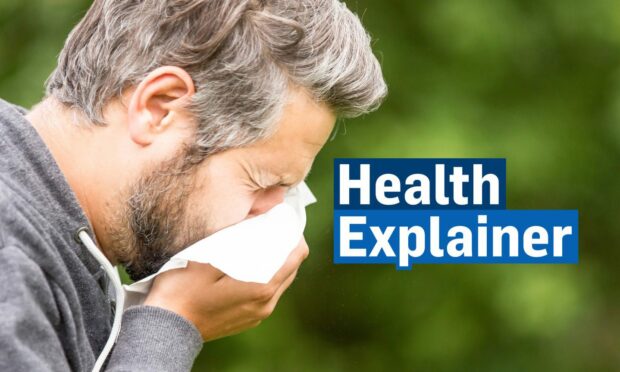Most people will know what the most common allergies are and the effect they can have on the body’s immune system if it reacts to a particular substance or food.
However, there are many old wives’ tales out there about allergies.
While research has shown some to be true, there are others which are just myths.
As part of Allergy Awareness Week (April 24-30), we take a look at 7 myths about allergies, according to NHS’s Children and Young People’s Allergy Network Scotland.
Children outgrow their allergies
This can be true in many cases for milk and egg allergy, but it is not true for most other allergies – including hayfever.
Being allergic to dust
It is not the dust itself people are allergic to, but the microscopic mites which feed on the skin debris that comes from our bodies. So dust from brick and building work will not cause allergic reactions. But dust mite allergy is common.
Goat’s milk alternative for milk allergy
Goat’s milk is pretty much identical, in terms of allergy, to cow’s milk.
So chances are, you are very likely to react to goat’s milk if you are already allergic to cow’s milk.
Allergies only occur in childhood
According to Allergy UK, allergies are most common in children, but they can occur at any age, and they can also run in families. If you have an allergy, it is likely that one of your parents had allergy too.
Consuming a little to encourage tolerance is ok
While there has been some evidence that giving regular (daily) small amounts of egg, milk and nut can help develop tolerance, there is also a genuine risk that it will cause a reaction. This reaction could be severe, especially if you are not administering the right type or amount of food. So it is safer to seek medical advice from a doctor/nurse before attempting this.
In some cases, such as those with a peanut allergy, there is no safe amount – trace amounts and cross-contact with peanuts can cause reactions, including life-threatening anaphylaxis.
You can eat egg yolk if you are allergic to eggs
Although most of the protein is in the egg white – which might cause an allergic reaction – you can still react to the yolk.
Having a pet dog can cause wheezing
If you are allergic to dogs, then having a dog at home can cause chronic coughing and wheezing. However, there is also evidence which shows that some allergies are actually less common if you grow up in a home with a pet dog.













